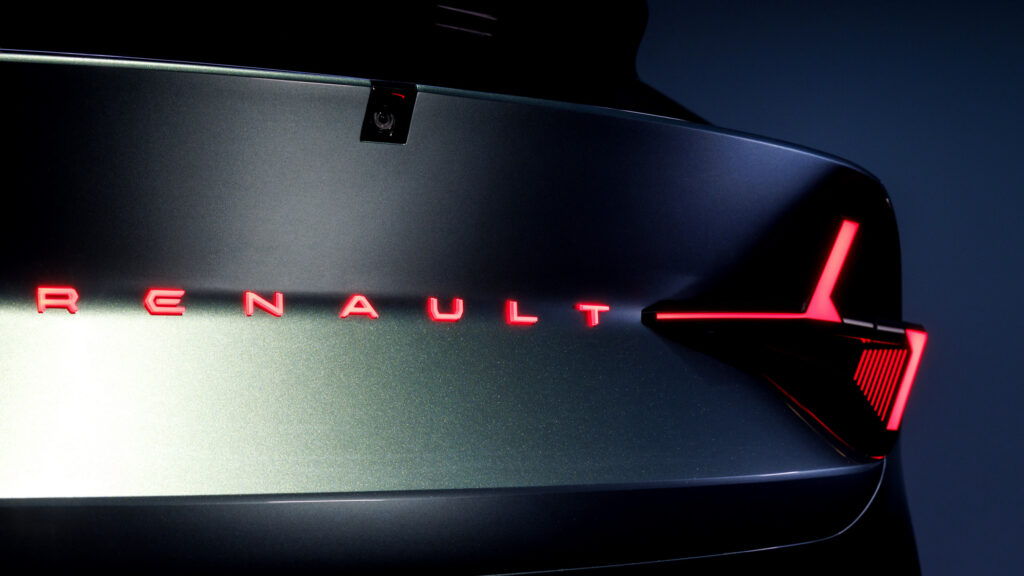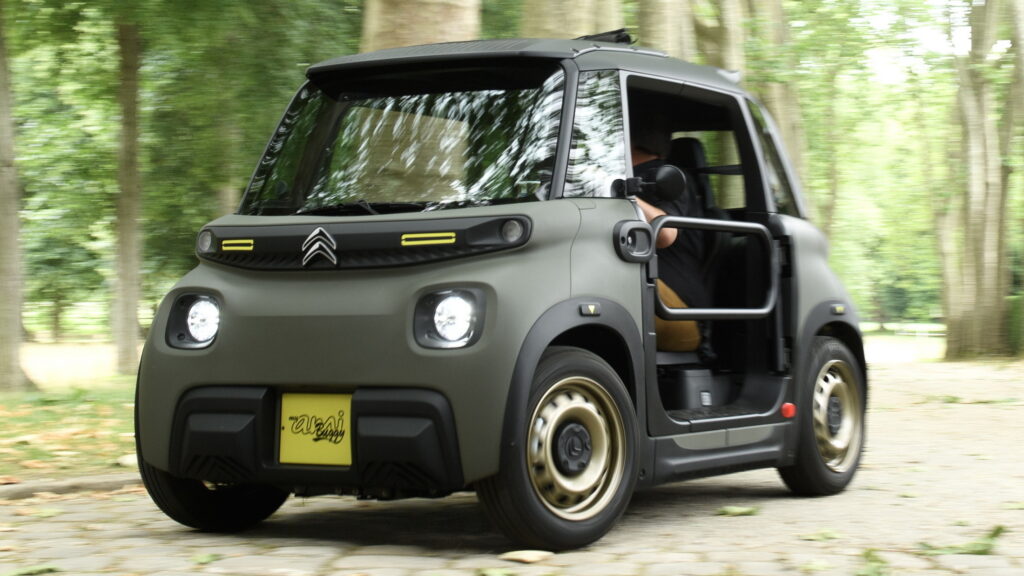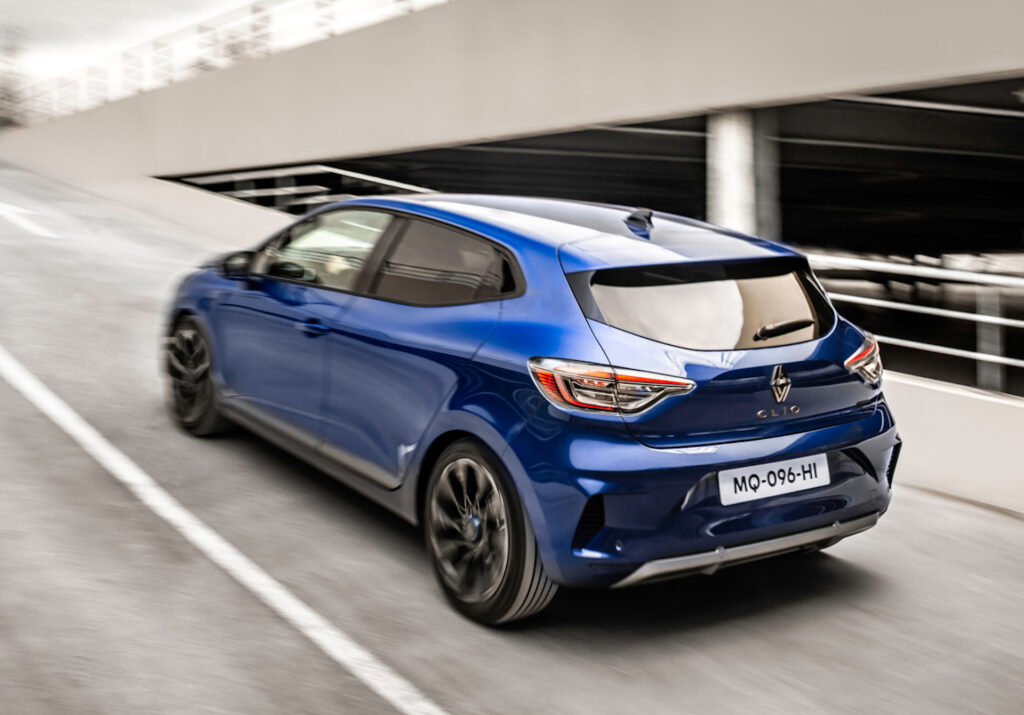Introduction

Affordable city cars are rapidly becoming a rarity across Europe. Apparently, a mix of stringent regulations and a shift toward larger, more expensive vehicles is to blame. It’s a big change for the better part of the last decade, where these economical little rides were a common sight on European roads.
The Decline

Stellantis chairman, John Elkann, pointed out that Europe used to sell nearly 1 million small cars priced under €15,000 (about $17,400) every year. Now that number has nosedived to a mere 100,000 units annually. The economics of manufacturing these cars are taking a hit, thanks mainly to the evolving European Union regulations that seem to favor bigger and pricier automobiles.
A Call for Change

Elkann and Renault’s now-former CEO, Luca de Meo, agree that Europe needs to rethink its stance on small cars. They’re even suggesting Europe should take a leaf out of Japan’s book with their Kei cars—a segment that forms a stout 40% of Japan’s market. The push is for what’s being called the E-Car, essentially compact electric vehicles tailor-made for city travel. De Meo has been quite vocal, labeling the rise of hefty, 2.5-ton electric cars as a blatant “environmental nonsense.” He believes there’s a strong need for the mass development of small cars meant primarily for urban use and last-mile deliveries.
Current Options?
While affordable city cars might seem on the brink of extinction, Stellantis still tips its hat to the small car market with a few offerings like the Citroen Ami, Opel Rocks-e, and Fiat Topolino. These models fall under the EU quadricycle category, a regulatory loophole allowing super-light, low-speed vehicles to exist. Yet, for smaller cars to once again thrive, European legislators might have to revise these rules or create an entirely new category for compact EVs.
The Driving Experience
Driving a small car like the Citroen Ami is more about practicality than thrills. Imagine zipping around narrow alleyways and squeezing into tight parking spaces with ease. It’s a nimble experience, almost like driving a go-kart with a roof. It’s miles apart from handling a bulky SUV or a heavy hitter EV, which can feel cumbersome in comparison.
Conclusion
Europe’s big wigs, Stellantis and Renault, are vocally advocating for regulatory changes to revive and strengthen the petite auto segment, mirroring Japan’s success. Amid the growing weight of regulations, it’s suggested that this could level the playing field against foreign competition, particularly from China. Let’s wait and see if these appeals trigger a renaissance for compact and affordable automobiles in the European market.
Venza Makes a Comeback
Ferrari's Le Mans Win
Next-Gen Leaf Debuts
McLaren's Racing Return
BMW M5: Power Unleashed